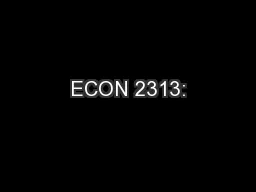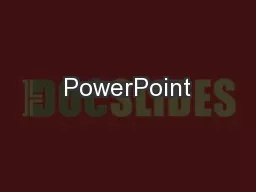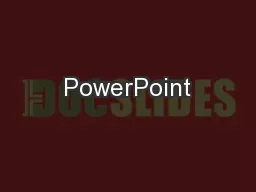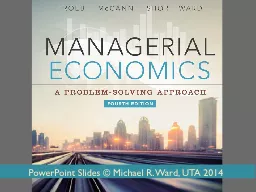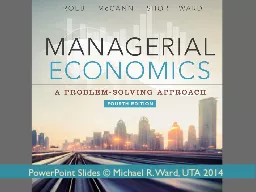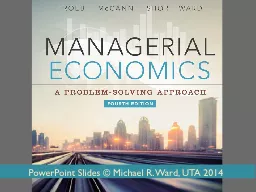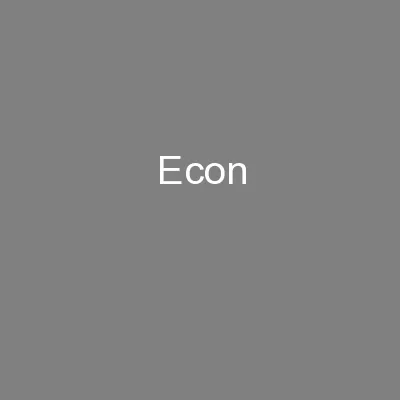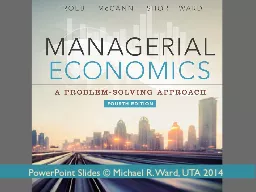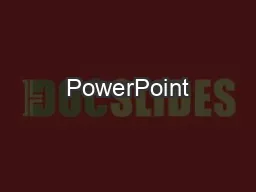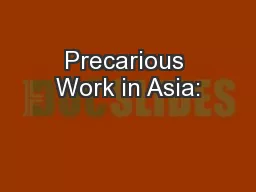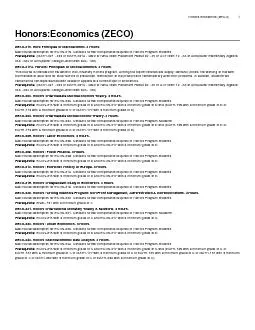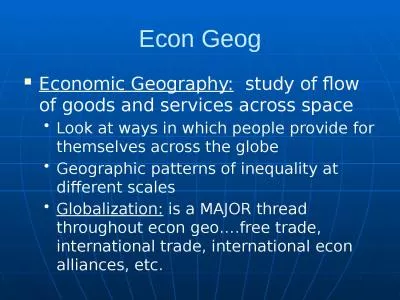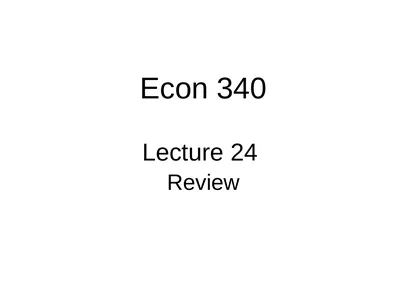PPT-ECON 2313:
Author : calandra-battersby | Published Date : 2016-12-16
Fall Semester 2011 Welcome What is economics Economics is the study of how individuals and societies allocate scarce resources among competing alternative uses
Presentation Embed Code
Download Presentation
Download Presentation The PPT/PDF document "ECON 2313:" is the property of its rightful owner. Permission is granted to download and print the materials on this website for personal, non-commercial use only, and to display it on your personal computer provided you do not modify the materials and that you retain all copyright notices contained in the materials. By downloading content from our website, you accept the terms of this agreement.
ECON 2313:: Transcript
Download Rules Of Document
"ECON 2313:"The content belongs to its owner. You may download and print it for personal use, without modification, and keep all copyright notices. By downloading, you agree to these terms.
Related Documents

